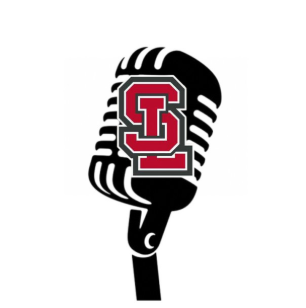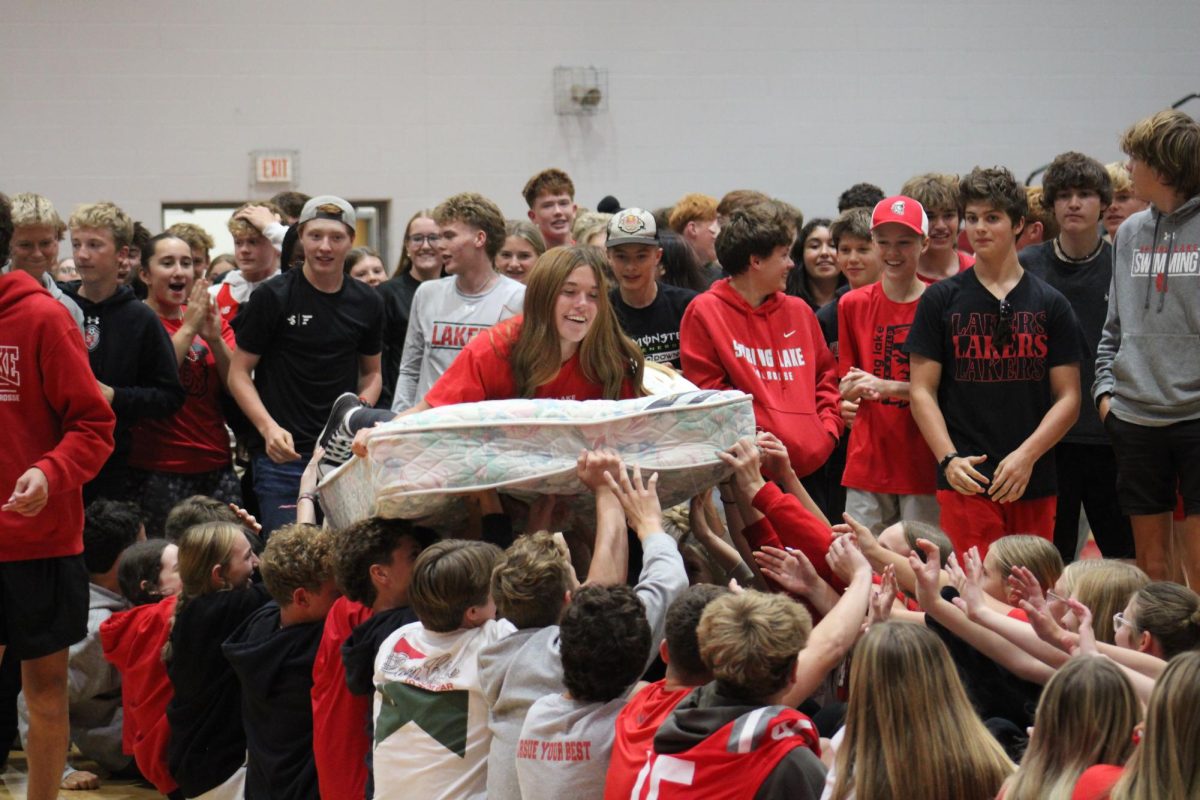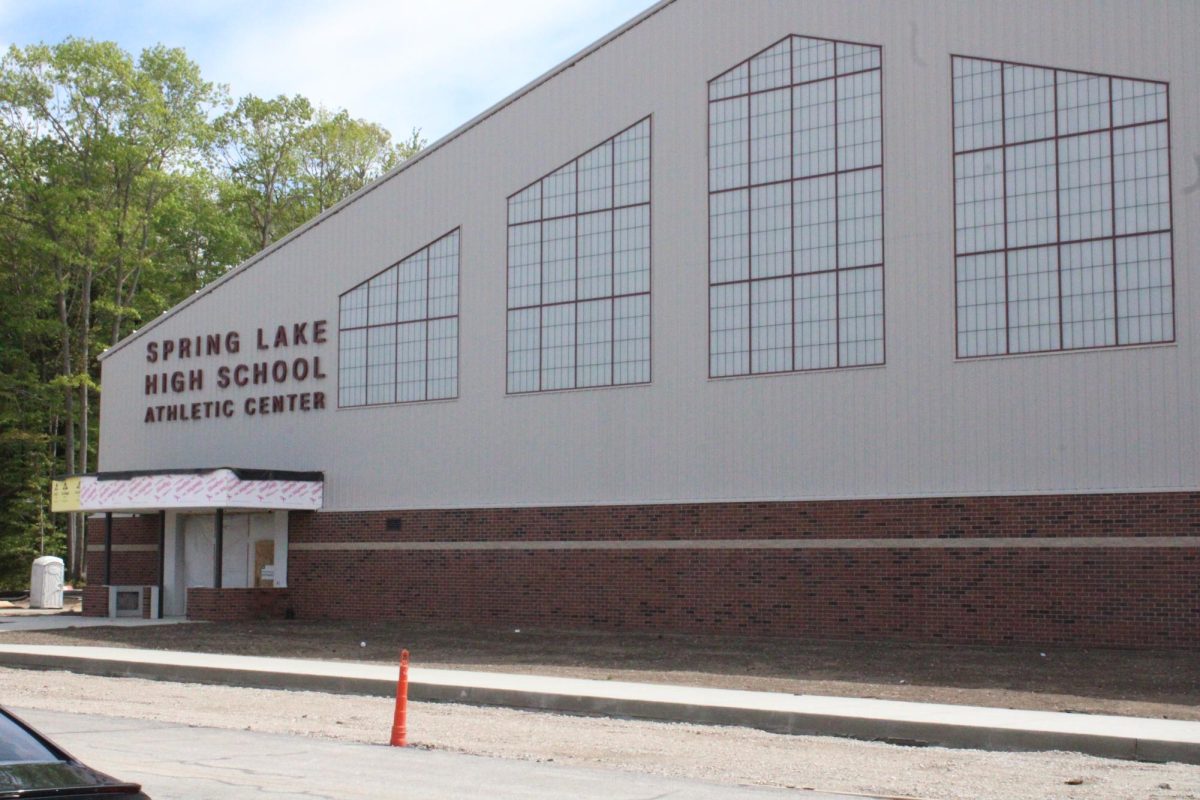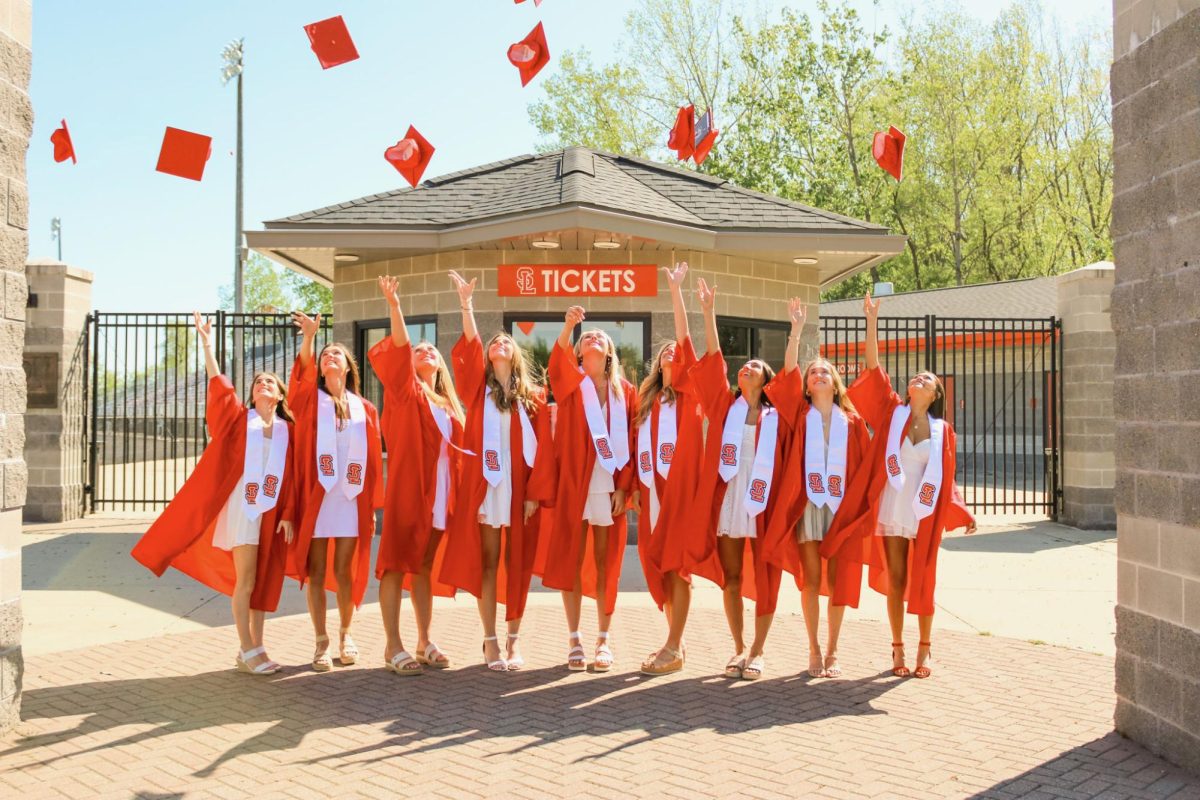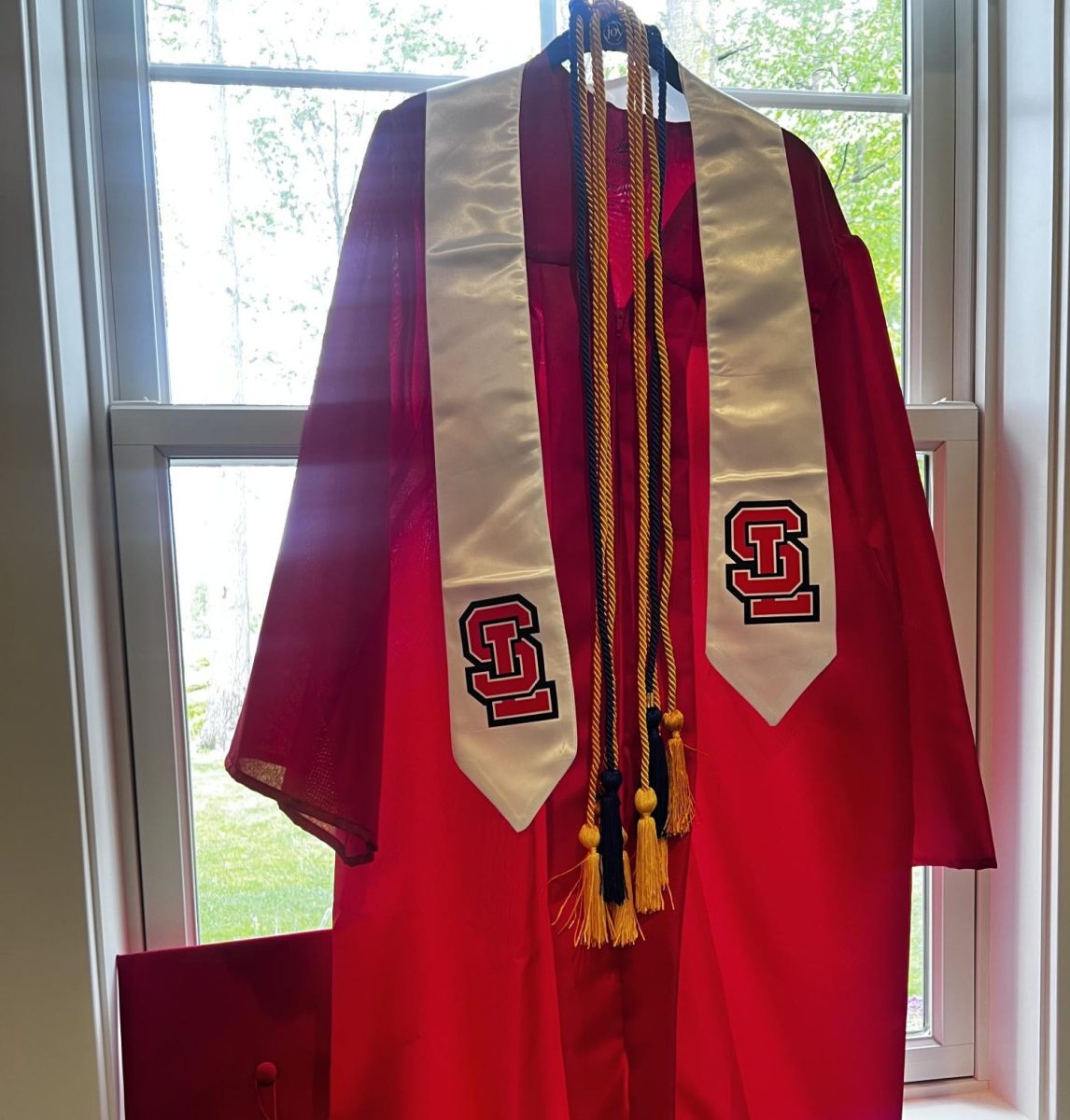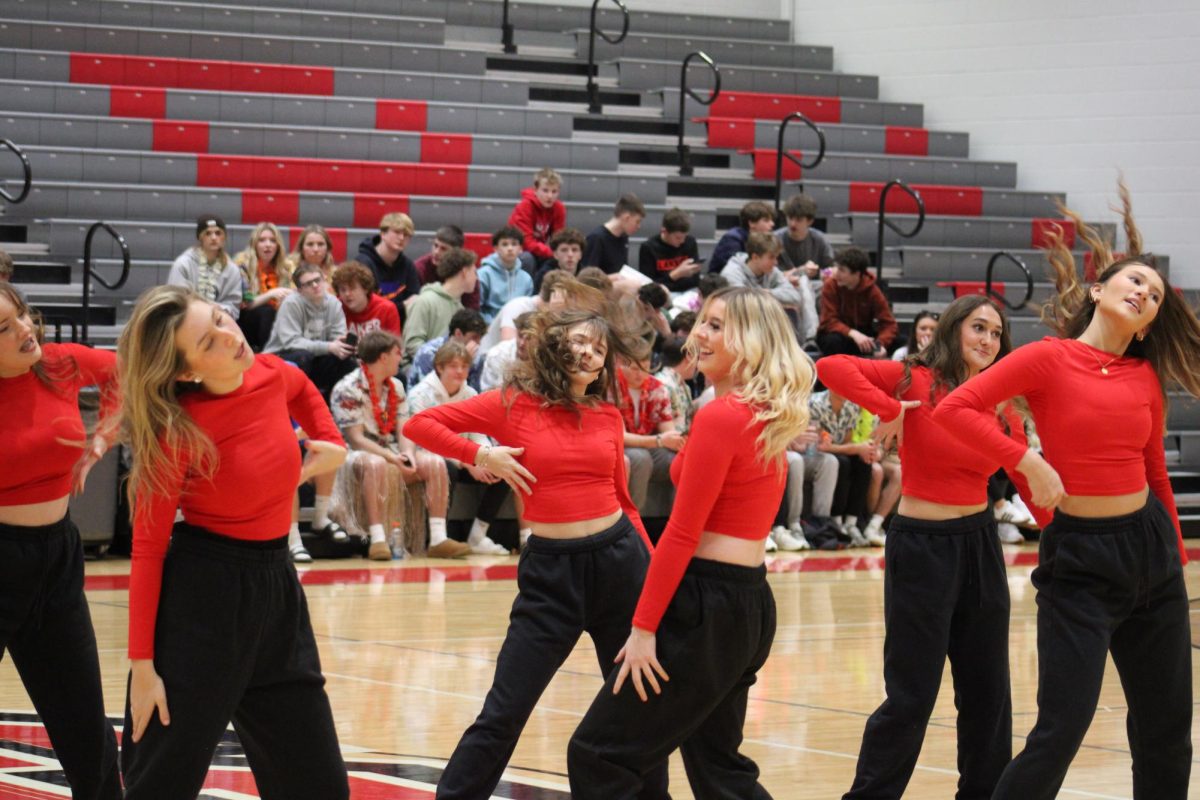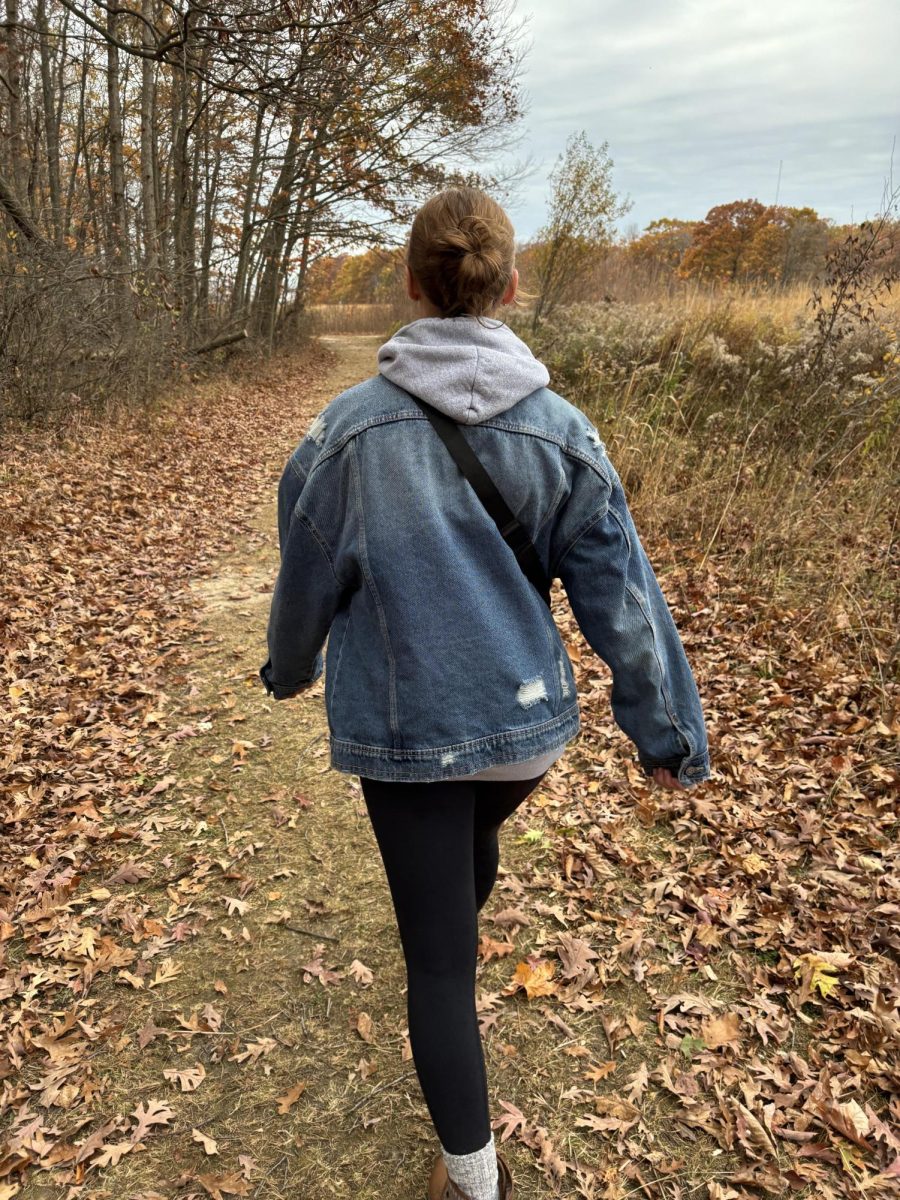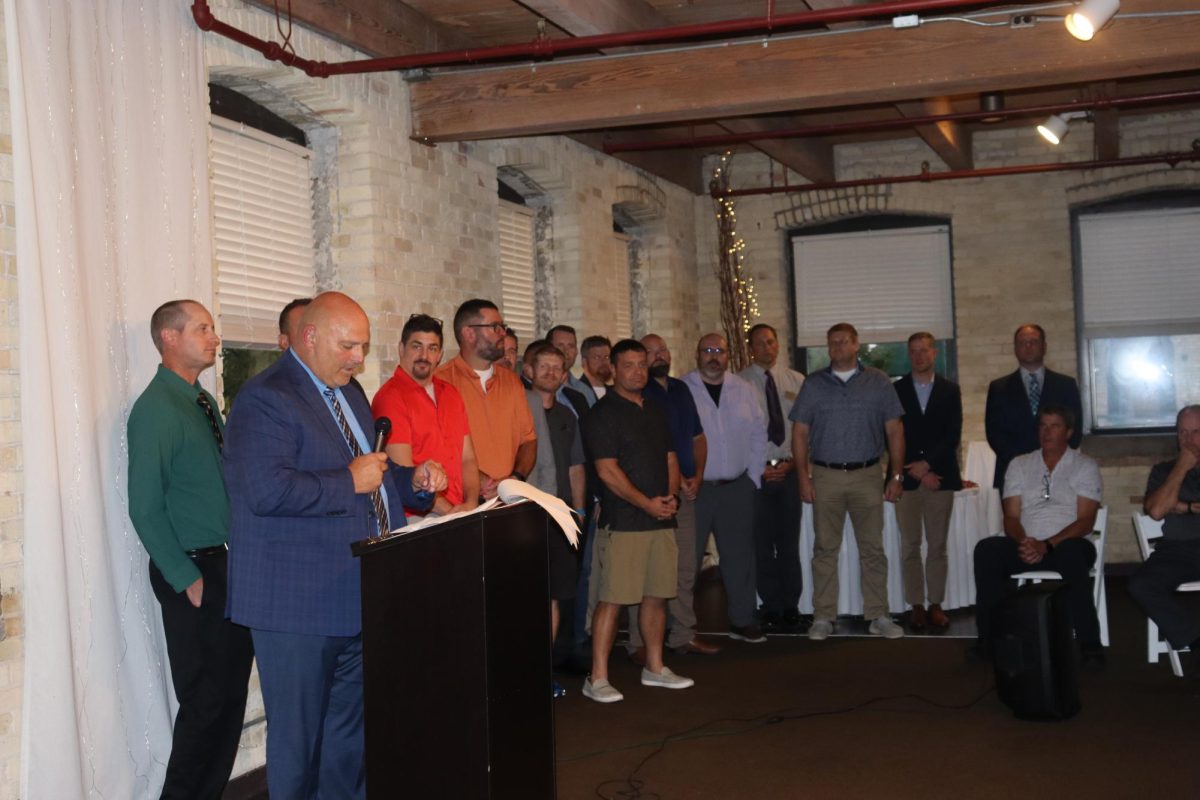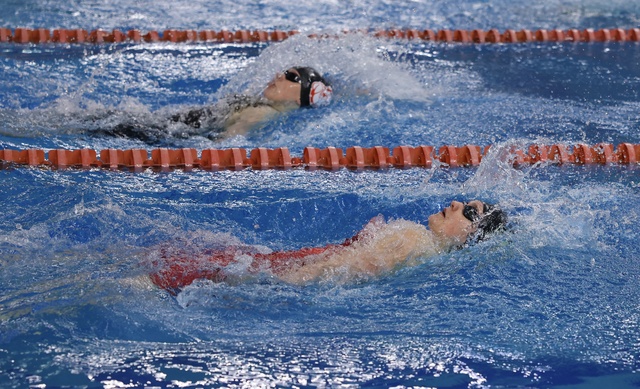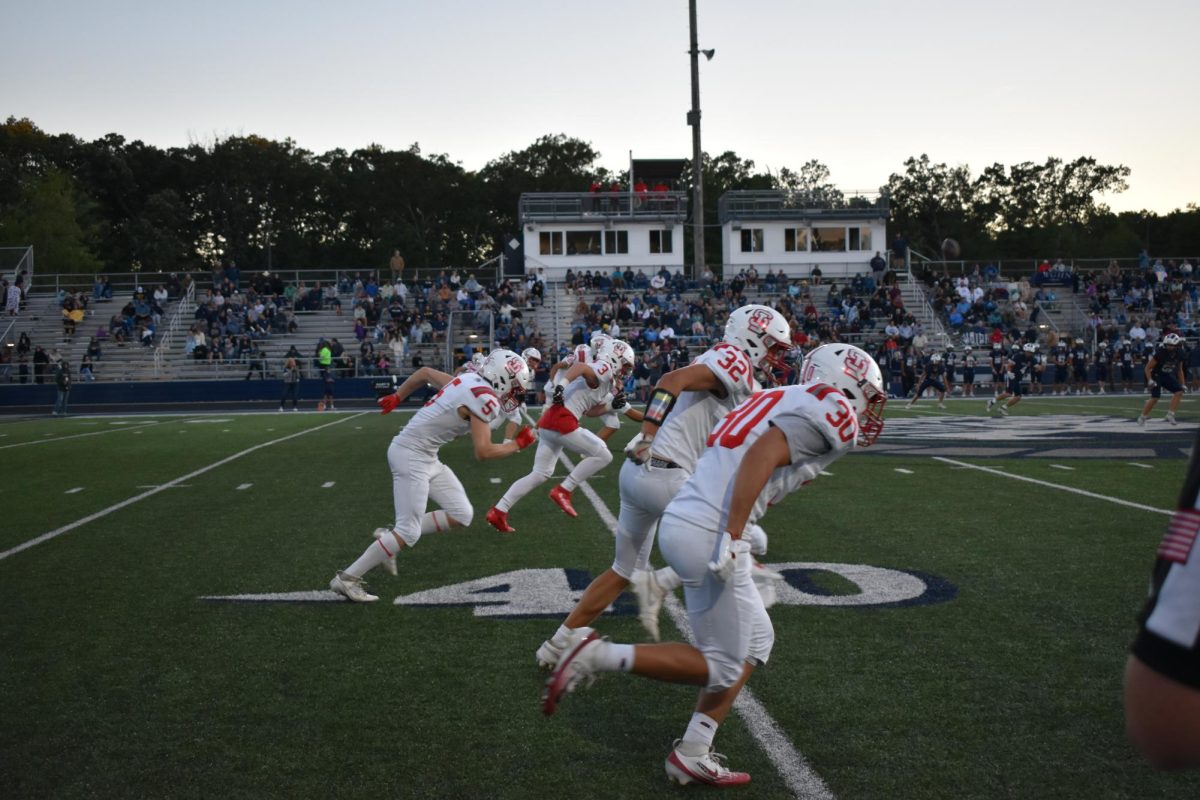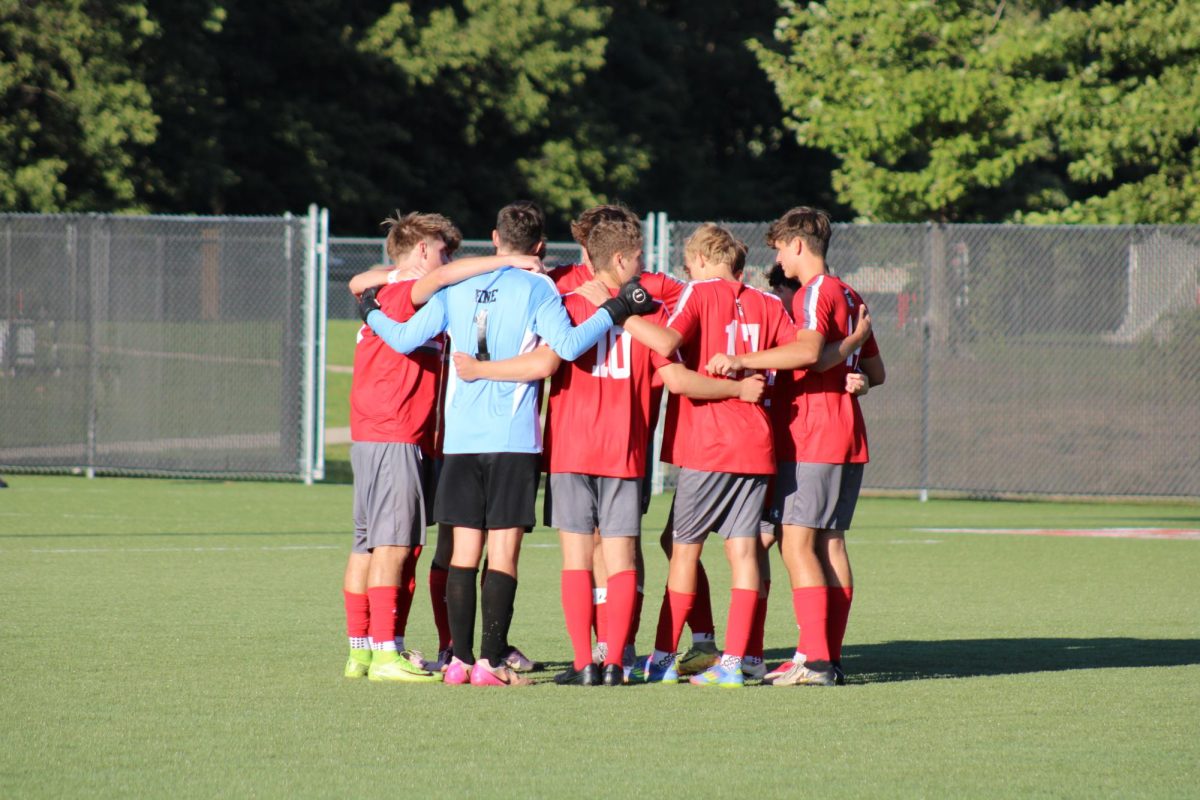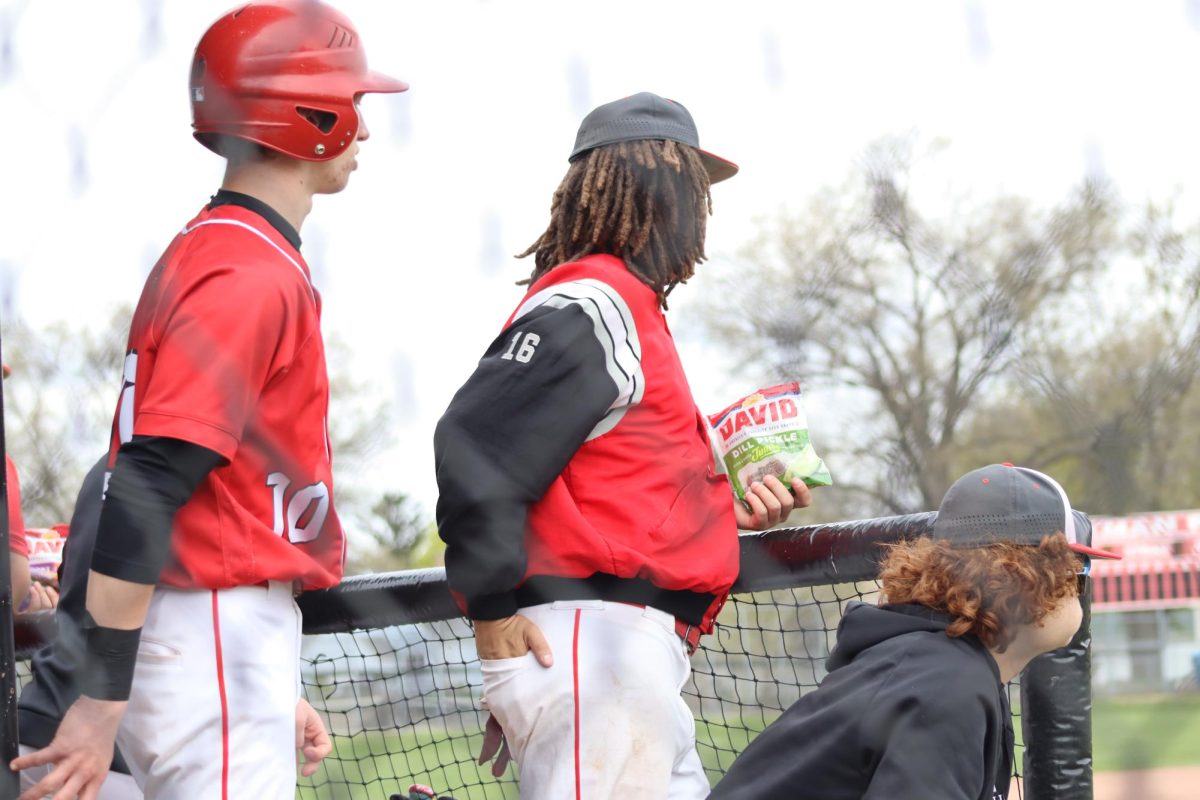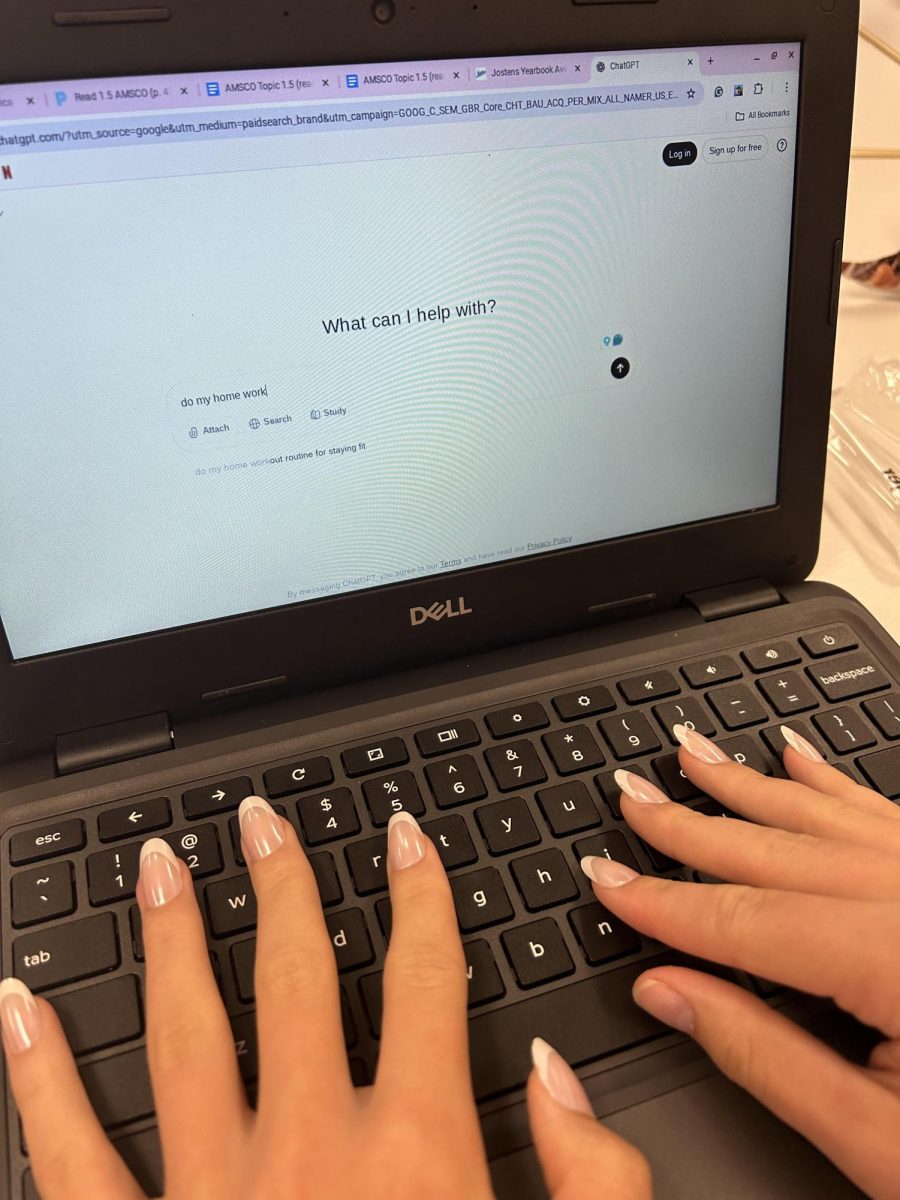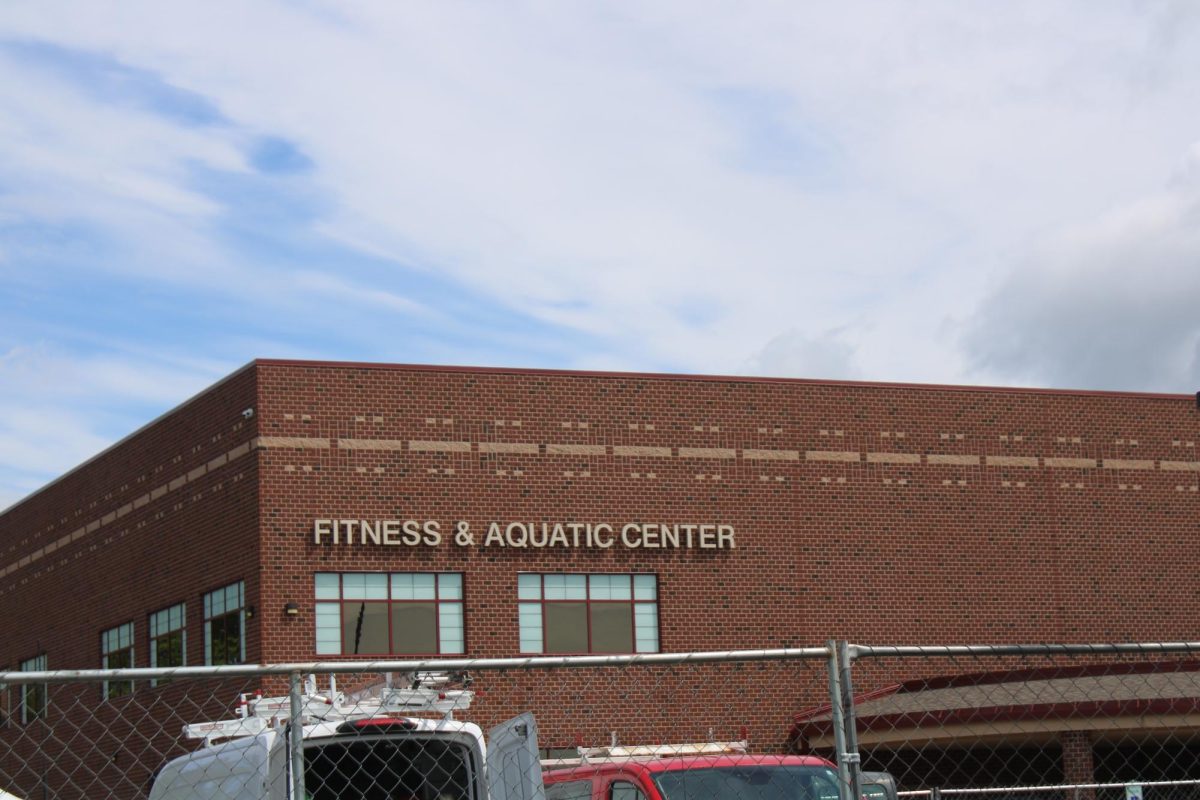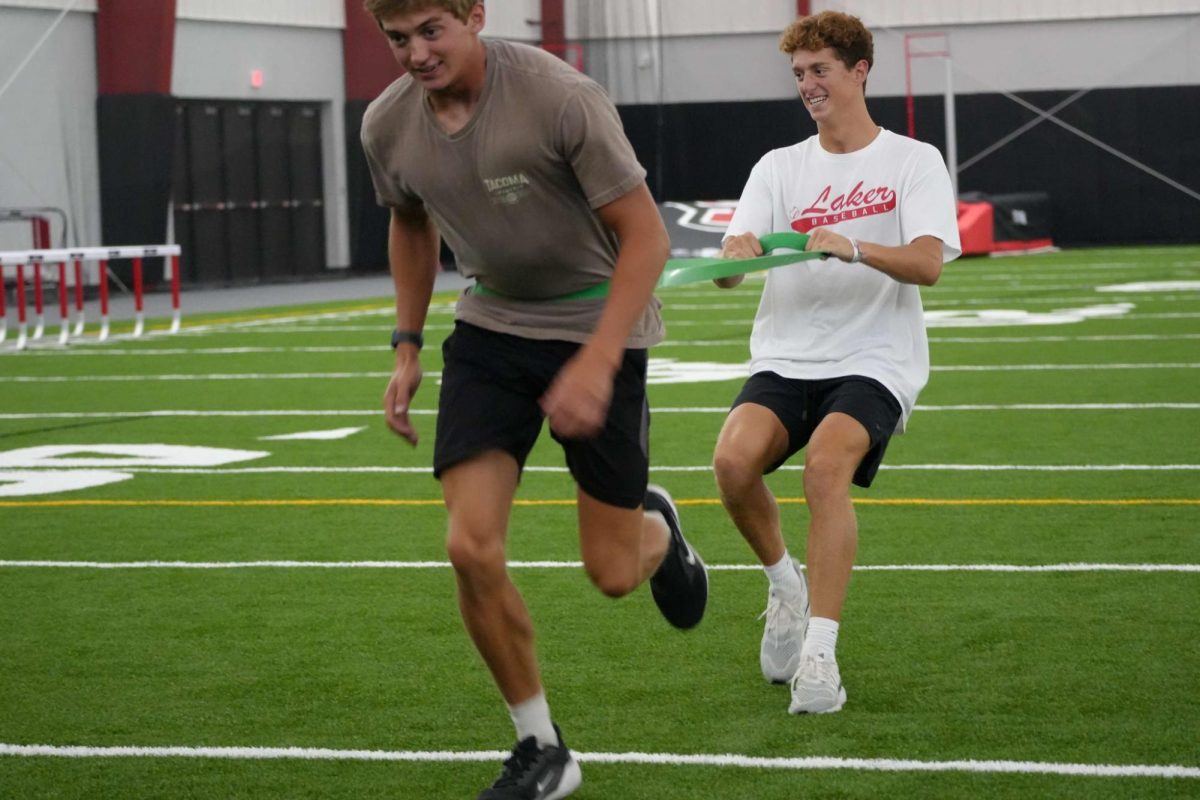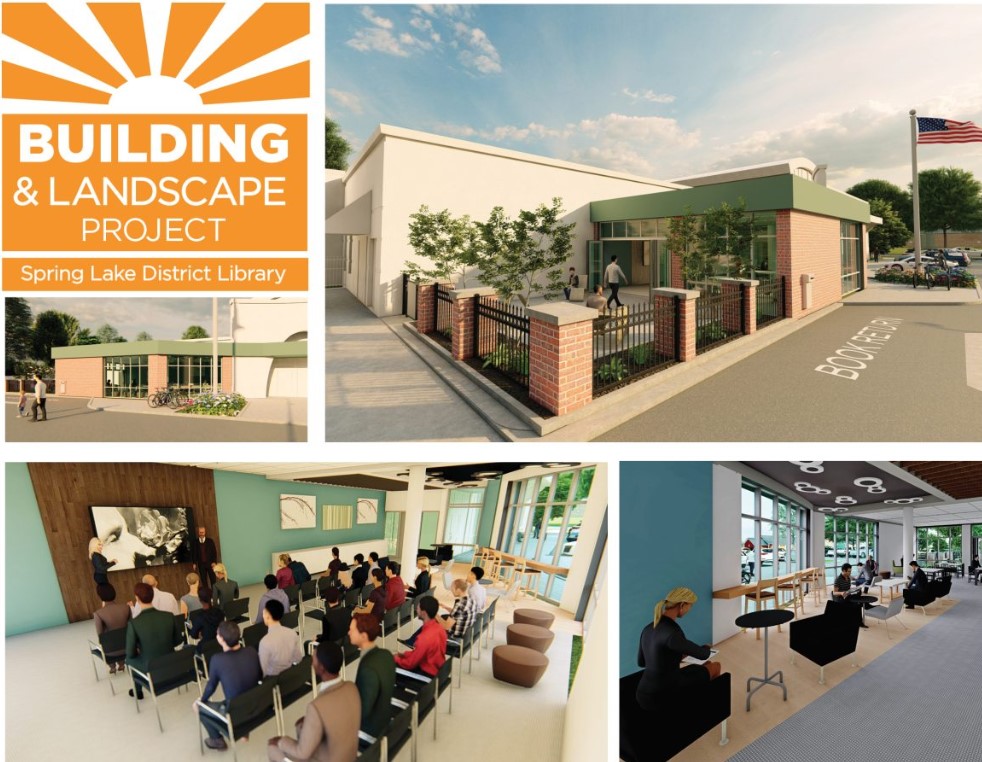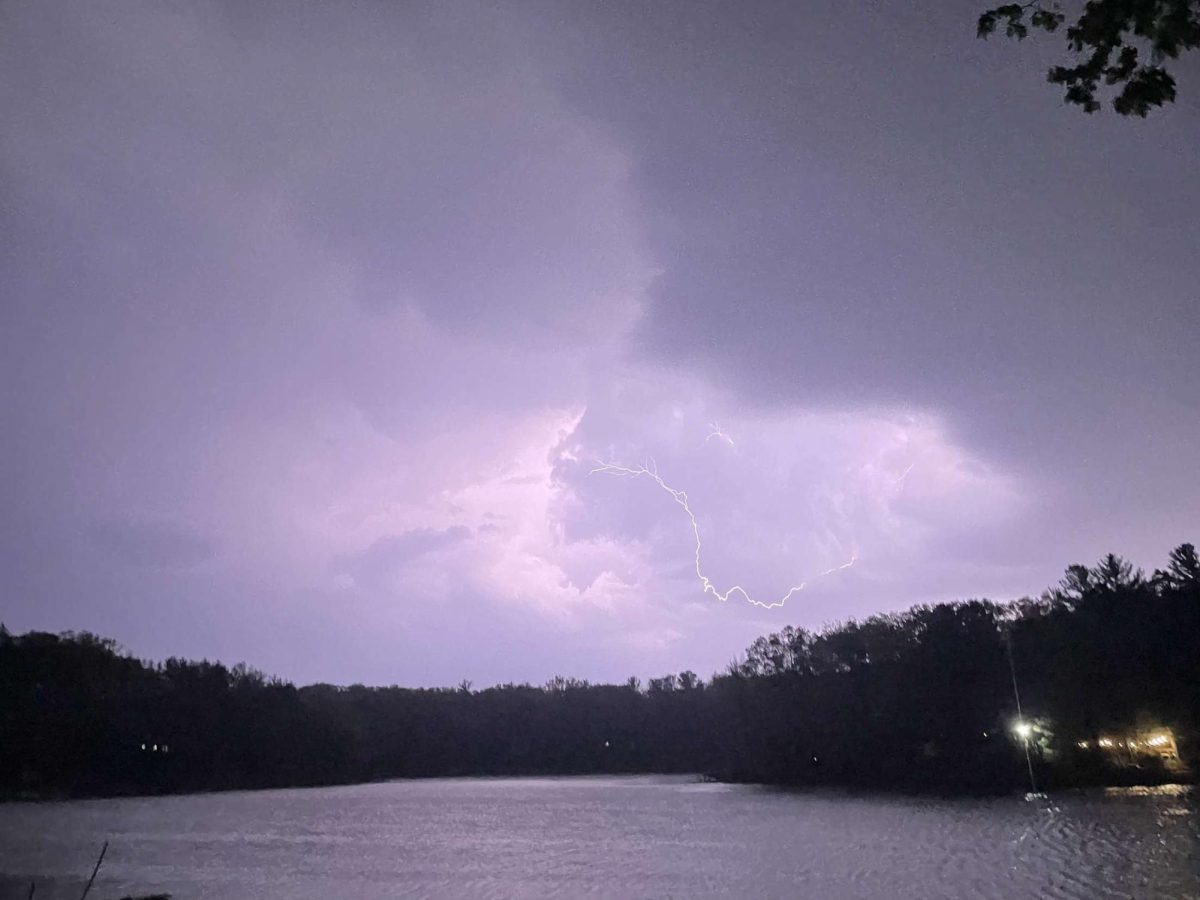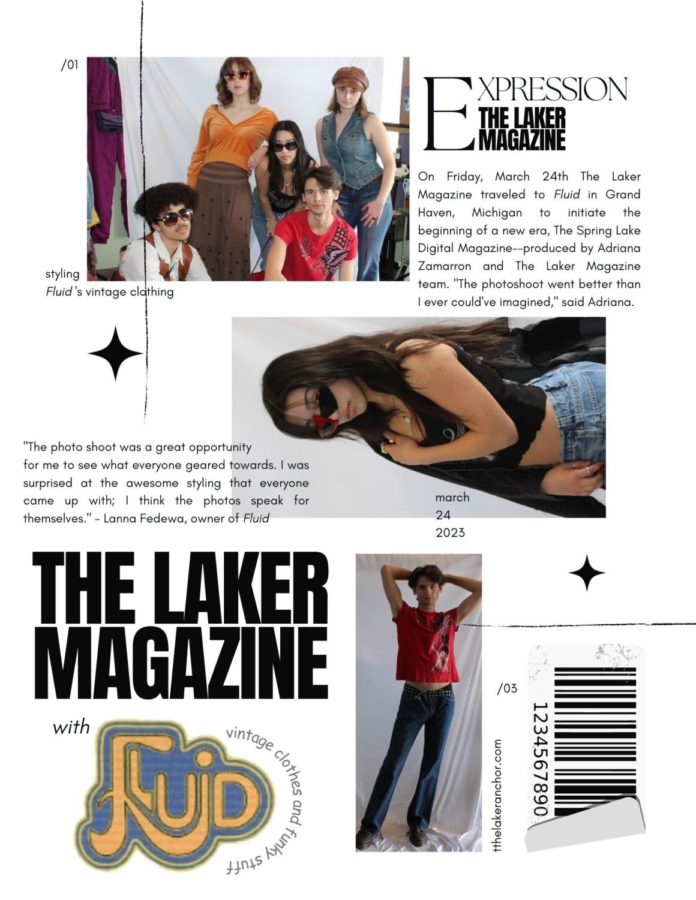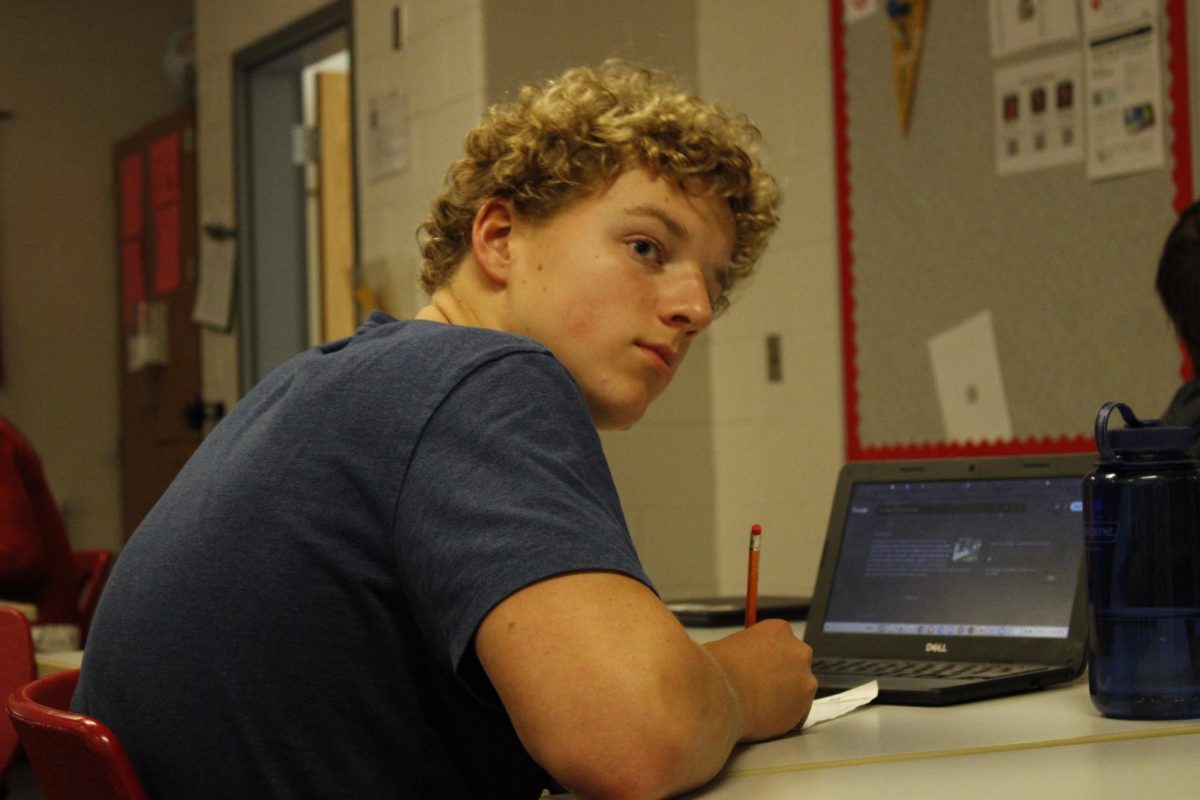There’s a new schedule for seminar in Spring Lake High School.
It’s a 54-minute period where students can study, do homework, and visit teachers. It’s every other Wednesday, alternating with early release at 1:35– that all students participate in. So what are students who had the old seminar — twice weekly — saying about the change?
Eighty-six students were surveyed, and out of all the students surveyed, only 17 percent like the new seminar schedule. Close to 80 percent of the students think that the seminar is less efficient than it was last year.
One survey respondent said, “The new schedule is very confusing and not as fun as last year. Also not a fan of the five minute rule where you have to stay in another classroom for the entire of seminar after five minutes.”
Another wrote, “Having seminar once every two weeks is terrible. I used to use seminar to study, but now I can’t and I have to study at home on top of doing homework. It also makes Wednesdays very confusing because no one knows if it’s early release, seminar, or class meeting.”
While students can only visit a teacher during the first five minutes of seminar, it is also wedged between 4th and 5th hours, and as students are assigned lunch based on their 4th hour teachers on these days, their lunch period may shift from 10:11 lunch time to a 11:59 on Wednesdays — a near two-hour difference.
The responses to the survey were overwhelmingly negative, but seminar was in general received positively among students when introduced two years prior, allowing many to get homework done before leaving school.
The switch to Wednesdays makes that the only different schedule during the week. On alternating Wednesdays, students have early release, during which teachers are able to work with their departments as Professional Learning Communities (PLCs) to improve and align curriculum. Students leave the building during that time, so they may not see the benefit to the new schedule.
Changes to school routines and schedules are made by administration, but always through some form of community, staff, and student input. These are complex decisions that balance several factors that impact teaching and learning.
